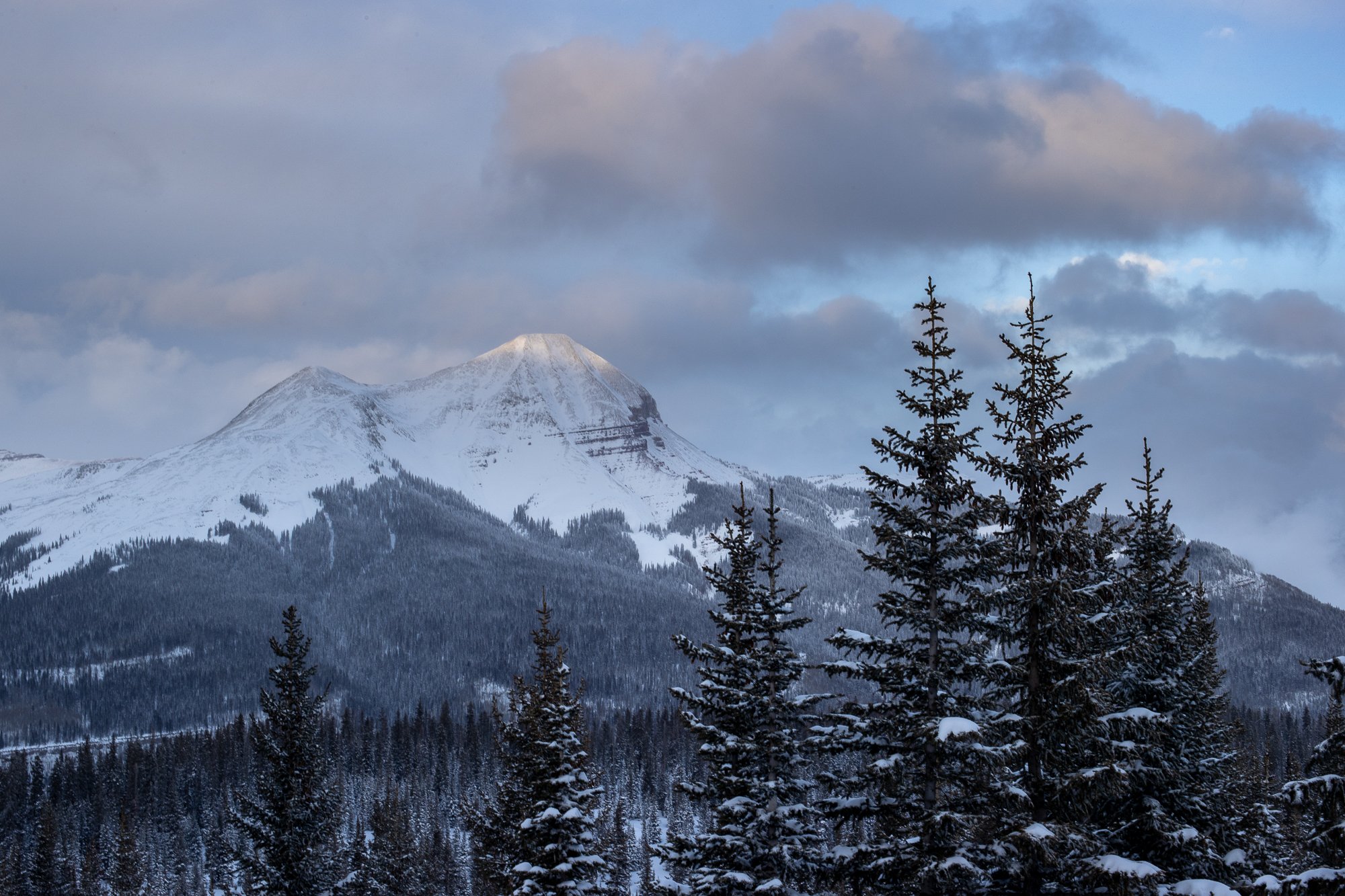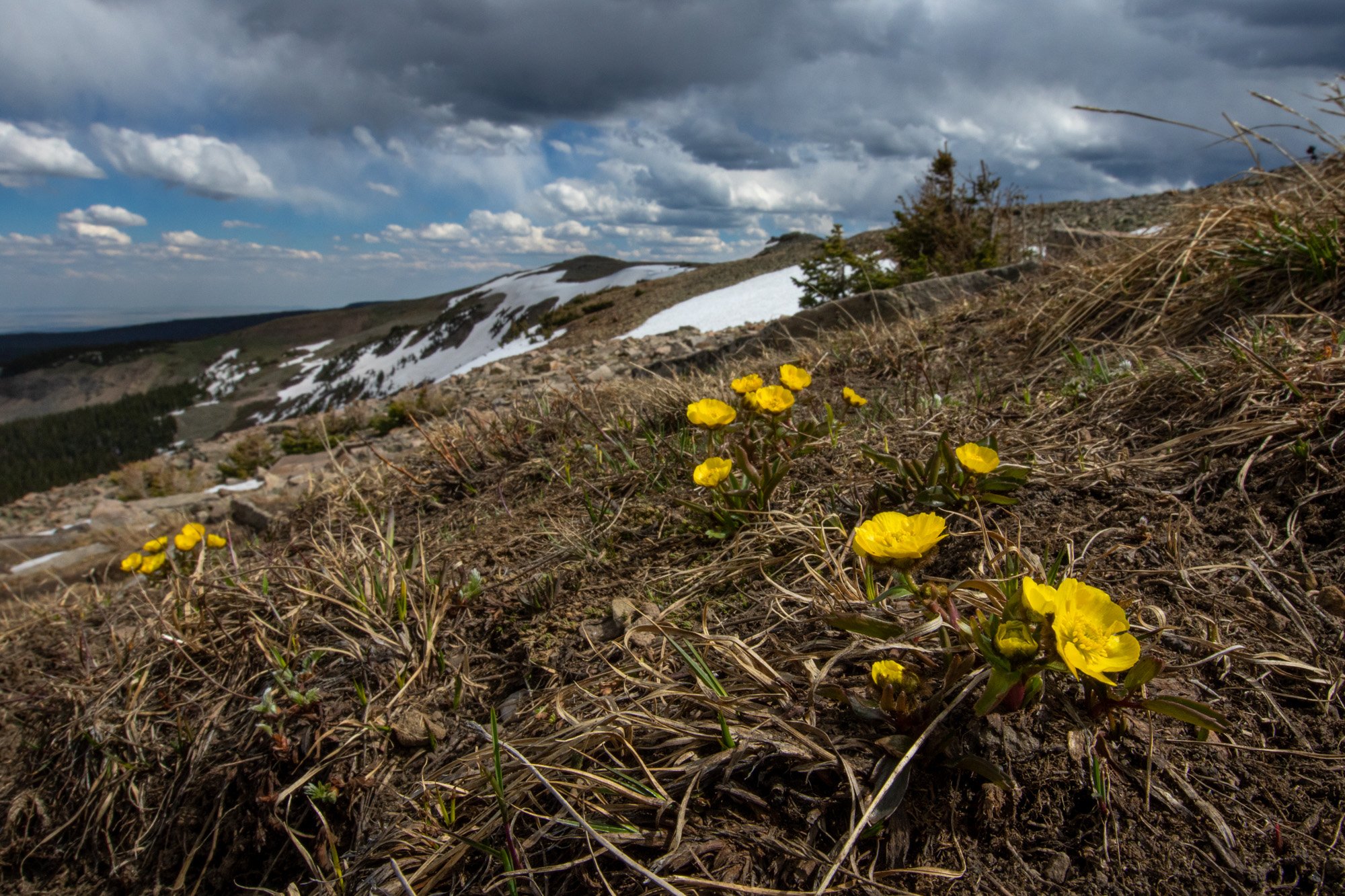
The Southern Rockies: Living on the Edge
Mountains, with their varied and isolated terrain, have long been a refuge for wildlife and plants and a place where new species are created. They hold 25% of the world’s biodiversity. Millions, if not billions, of people across the world depend upon the ice and snow in these high “water towers” for water for drinking, agriculture, tourism, and industry. Yet, scientists agree that snow -- the pivot around which everything in a mountain ecosystem functions -- is in decline. That has dire consequences, especially for arid mountain regions like the Southern Rockies where 90% of water supply comes from snow.
‘From the mismatch in the timing of flower blooming with the emergence of pollinators; to snowshoe hares whose seasonal color change no longer coincides with spring and fall snow; to pikas that are running out of cooler altitude as temperatures warm; to a shortened window when migrating wildlife can fatten up on green, protein-rich plants necessary to survive the winter; plant and animal inhabitants of alpine regions are signaling change in their environment.
Human-caused climate change is altering our snow pack and alpine environments, but perhaps not irreparably. Unlike ice that may take hundreds of thousands of years to restore, snow is more resilient. With changes in our energy consumption and an increase in conservation, we have the potential to see the return of snow and a renewed balance in these ecosystems for the species that live there.
This project seeks to understand the future we face in the Southern Rockies and ensure the survival of our natural water towers, biodiversity, and refuge in a warming world.














